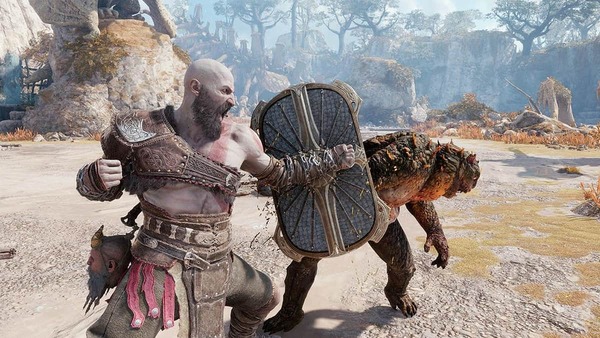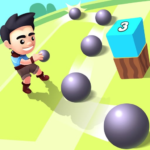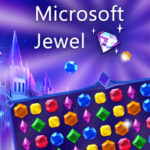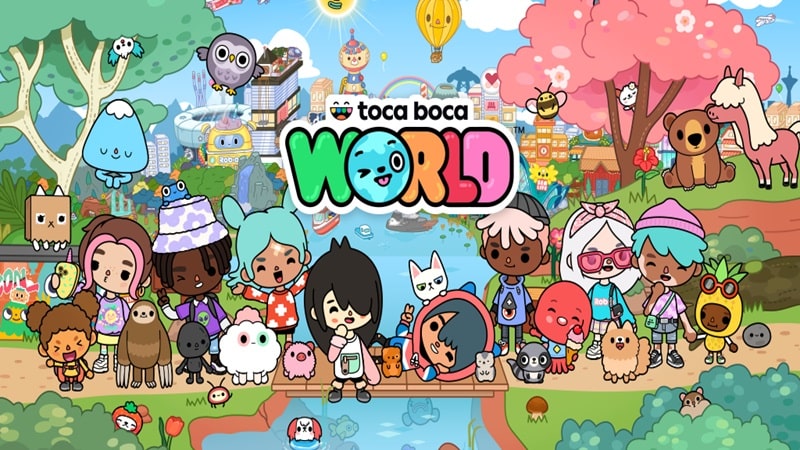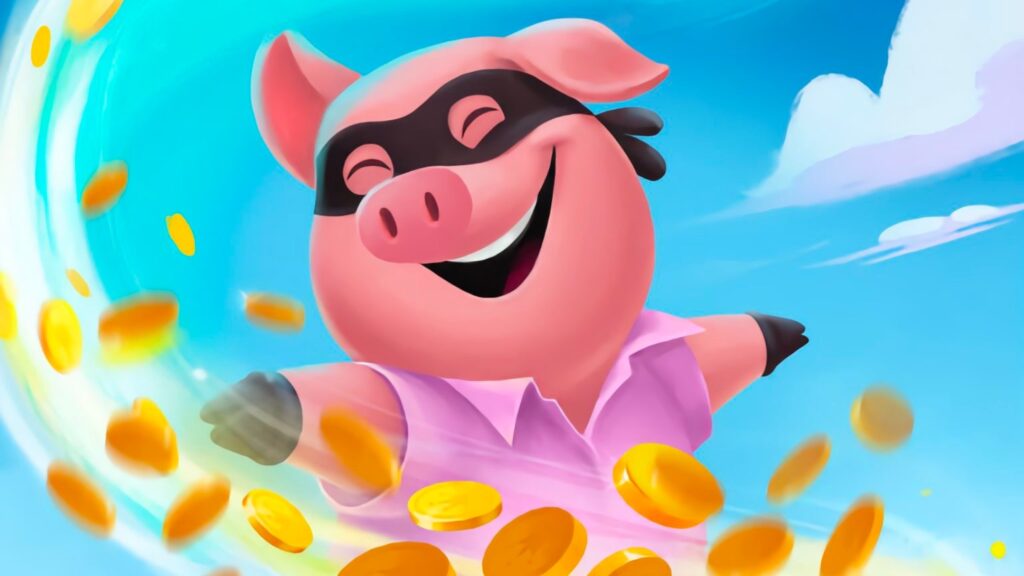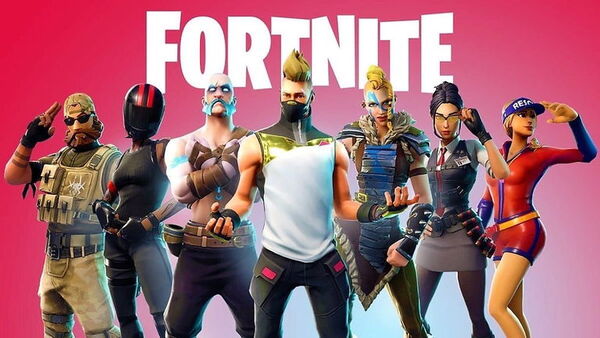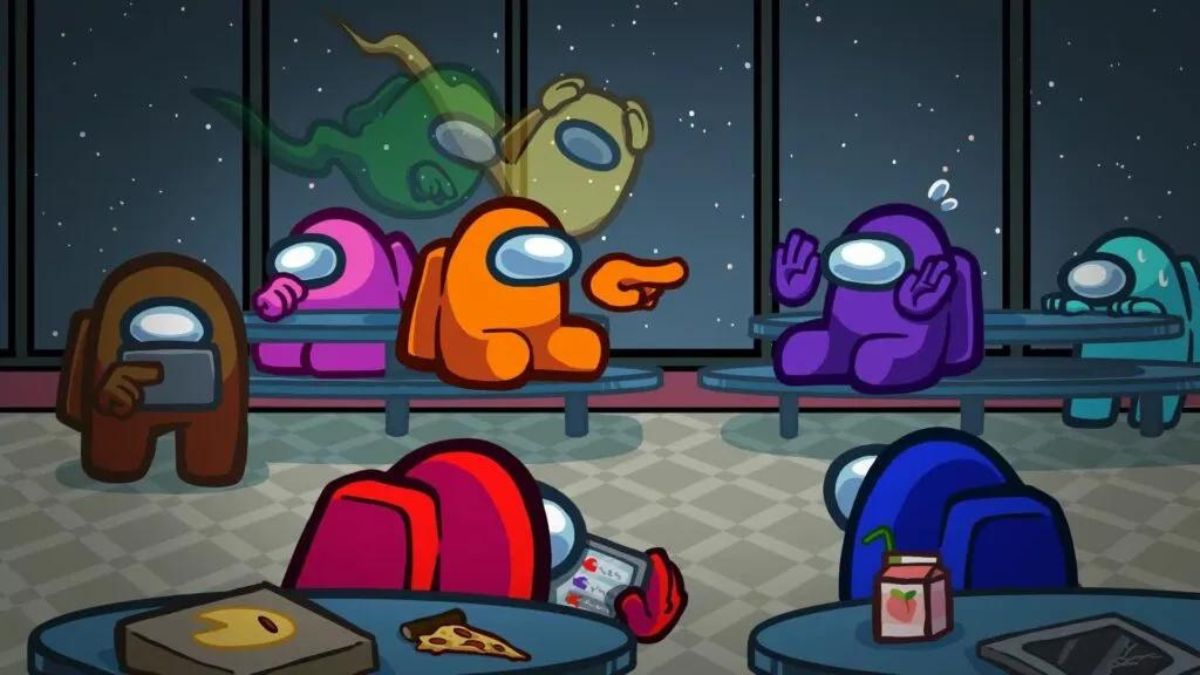Introduction
Gacha Club, developed by Lunime and released in 2020, is a free-to-play character customization and mini-game platform that has taken the anime and mobile gaming communities by storm. Unlike typical gacha games centered around random character pulls and pay-to-win mechanics, Gacha Club focuses primarily on creativity, storytelling, and aesthetic personalization.
At its core, Gacha Club allows players to design and dress up anime-style characters, create scenes with custom backgrounds, and engage in light RPG combat and mini-games. It's an evolution of the Gacha Life formula, with expanded customization options, more depth in gameplay, and an incredibly engaged global fanbase. This 2000+ word article takes a deep dive into the many facets of Gacha Club, arranged across 10 structured sections from development and customization to community impact and future potential.
The Evolution from Gacha Life to Gacha Club
Before Gacha Club, Lunime made waves with Gacha Life, a light character-creation app with role-playing features and a focus on storytelling. It became a massive hit among teens and anime fans thanks to its accessibility, chibi-style aesthetic, and the ability to create skits and scenes.
Gacha Club is the spiritual successor to Gacha Life, bringing massive improvements in customization, an expanded roster of characters, better backgrounds, and deeper gameplay modes. The new title consolidated multiple Lunime games (such as Gacha Studio and Gacha World) into one feature-rich platform.
Pros:
-
Significant upgrade from Gacha Life
-
More content and game modes in one app
-
Still free with minimal ads
Cons:
-
Can feel overwhelming for new users
Rating: 9.0/10
Character Customization: Unlimited Expression
Customization is the heart of Gacha Club. Players can create up to 100 characters from scratch, choosing hairstyles, eye shapes, skin tones, poses, outfits, weapons, and accessories. The sheer depth of personalization rivals paid design software and appeals to anime enthusiasts, cosplayers, and creators alike.
Each aspect of the character—down to blush types, pupils, gradients, and shadows—can be adjusted using the intuitive interface. Unlike many mobile games, Gacha Club does not lock important features behind a paywall.
H3: What You Can Customize
-
Facial expressions (eyebrows, mouth, pupils)
-
Clothing layers (tops, pants, gloves, etc.)
-
Accessories and props (wings, halos, tails)
-
Color palettes with RGB sliders
Pros:
-
Creative freedom for all artistic levels
-
User-friendly controls on mobile and PC
-
Supports diverse character designs
Cons:
-
No 3D or animated output features
Rating: 9.5/10
Studio Mode: Build Your Own Anime Scenes
Studio Mode is where Gacha Club shines as a tool for creators. Users can place characters in custom scenes, adjust poses, add dialogue bubbles, and build elaborate narratives. The mode is widely used to create comics, memes, short stories, or even full episodes of fan content.
With hundreds of backgrounds and props to choose from, players are only limited by their imagination. There’s also a layering system for placing characters and objects in the foreground or background.
H4: Popular Uses of Studio Mode
-
Short story comics and manga
-
Social media skits for TikTok or YouTube
-
Custom fanfiction and role-play series
Pros:
-
Excellent for storytelling and creativity
-
High replay value with limitless combinations
-
Popular with educators and digital artists
Cons:
-
No export to video without third-party tools
Rating: 9.2/10
Battle Mode: Casual RPG Meets Cute Characters
Though primarily a creative app, Gacha Club features a Battle Mode with light RPG elements. Players can build a team of characters to fight enemies in auto-battles. There are four game modes: Story Mode, Training, Tower, and Shadows of Corruption.
While combat is simple and mostly automatic, it adds an extra layer of engagement for those seeking more than just visual creation. Players can equip units with different elements, skills, and enhancements to strategize battles.
H3: Battle Features
-
Elemental affinities (Fire, Water, Shadow, etc.)
-
Skill animations with flashy effects
-
Level-up system with gold and materials
Pros:
-
Adds gameplay depth and objectives
-
Fun side activity between creations
Cons:
-
Shallow for experienced RPG players
-
Can become repetitive
Rating: 7.8/10
Mini-Games: Fun Distractions and Rewards
Aside from customization and battle mechanics, Gacha Club includes several mini-games such as Usagi vs. Neko, Mascot Whack, Lemo & Yuni Dance, and more. These light arcade games provide gems and currency used for unlocking characters and upgrading skills in Battle Mode.
Though not essential to core gameplay, mini-games are well-designed and offer a casual alternative to grinding, especially for younger users or casual gamers.
Pros:
-
Casual and family-friendly fun
-
Provides in-game rewards
-
Varying types of reflex and memory games
Cons:
-
Limited replayability
-
No leaderboard or multiplayer options
Rating: 7.5/10
Gacha Mechanics: Random, But Not Aggressive
Despite its name, Gacha Club is very different from traditional gacha games. There are no microtransactions or real-money purchases. Instead, players earn in-game currency through battles and mini-games, which can be used to unlock new units in the gacha system.
This system is more of a cosmetic collection feature than a pay-to-win mechanic. Units pulled through the gacha can be used in battle but are primarily collected for creative purposes.
H4: Key Gacha Differences
-
No pay-to-play or premium currencies
-
All content accessible for free
-
Gacha used for battle units, not characters in Studio Mode
Pros:
-
Completely free-to-play
-
Encourages ethical gaming habits
-
Adds thrill of collection without pressure
Cons:
-
Limited long-term excitement in gacha pulling
Rating: 8.8/10
Accessibility and Platforms: Gaming Without Limits
Gacha Club is available on Android, iOS, and Windows PC. It is lightweight and well-optimized, meaning it runs smoothly on older devices and does not require an internet connection. This makes it especially popular in schools, communities with limited connectivity, and among young users.
The PC version offers higher resolution, keyboard shortcuts, and better scene management, making it ideal for creators making larger projects or YouTube content.
Pros:
-
Cross-platform compatibility
-
Offline play is fully supported
-
Low system requirements
Cons:
-
No official Mac version
-
Save data is not synced across devices
Rating: 8.9/10
Community and Creator Culture
The Gacha Club community is among the most active and creative fandoms online. YouTube is filled with Gacha animations, meme skits, music videos, and lore-based edits. TikTok and Instagram feature challenges, trends, and outfit designs made using the app.
Lunime supports its fanbase by sharing creator submissions, maintaining forums, and rolling out bug fixes. The community has also created a sub-genre called “Gacha Edits,” where characters are redesigned with added visual effects.
H3: Types of Fan Content
-
Gacha Club mini-movies
-
OC (original character) challenges
-
Memes and reaction compilations
Pros:
-
Inspires a culture of storytelling and self-expression
-
Welcoming to young and new artists
-
Strong moderation on official forums
Cons:
-
Some unsafe content appears on unsupervised platforms
-
Few official collaboration or monetization options for creators
Rating: 9.0/10
Educational and Therapeutic Use
While not its original purpose, Gacha Club has been embraced by teachers, therapists, and parents as a learning and emotional development tool. The game encourages narrative thinking, visual design, and communication skills.
Some educators use Gacha Club to help students create characters and scenes for language learning, conflict resolution, or even storyboarding in digital media classes.
H4: Non-Gaming Applications
-
Visual storytelling for young writers
-
Social scenarios for autistic children
-
Teaching digital literacy through character design
Pros:
-
Unique, flexible educational potential
-
Safe space for kids to express feelings through OCs
Cons:
-
No parental controls or guided mode
-
Potential for overuse without supervision
Rating: 8.5/10
The Future of Gacha Club and Lunime Games
Since the massive success of Gacha Club, fans have eagerly awaited Gacha Club 2 or a full Lunime universe expansion. While updates have slowed, Lunime has hinted at future releases including Gacha Star and Gacha 2.
The potential is vast—introducing online multiplayer creation, animation tools, voice acting options, or even cross-character interactions could bring Gacha Club to new heights in the sandbox creator game genre.
Pros:
-
High replayability ensures longevity
-
Devs are aware of fan feedback
-
Expansion possibilities are limitless
Cons:
-
Update frequency is low
-
Community relies heavily on fan content for freshness
Rating: 8.4/10
Conclusion
Gacha Club is more than a dress-up game or mobile pastime—it’s a creative sandbox, storytelling tool, and community hub that empowers users of all ages to design, imagine, and express themselves. From its expansive customization options and Studio Mode storytelling to casual RPG gameplay and educational use cases, Gacha Club delivers an experience far beyond what its free-to-play label suggests.
Its limitations—such as repetitive battle mechanics and lack of online features—are overshadowed by its accessibility, depth of content, and thriving fanbase. For anyone who loves anime aesthetics, character creation, or collaborative digital storytelling, Gacha Club is a must-try experience.
Final Rating: 9.1/10 – A creative powerhouse disguised as a mobile game, perfect for designers, storytellers, and dreamers alike.


